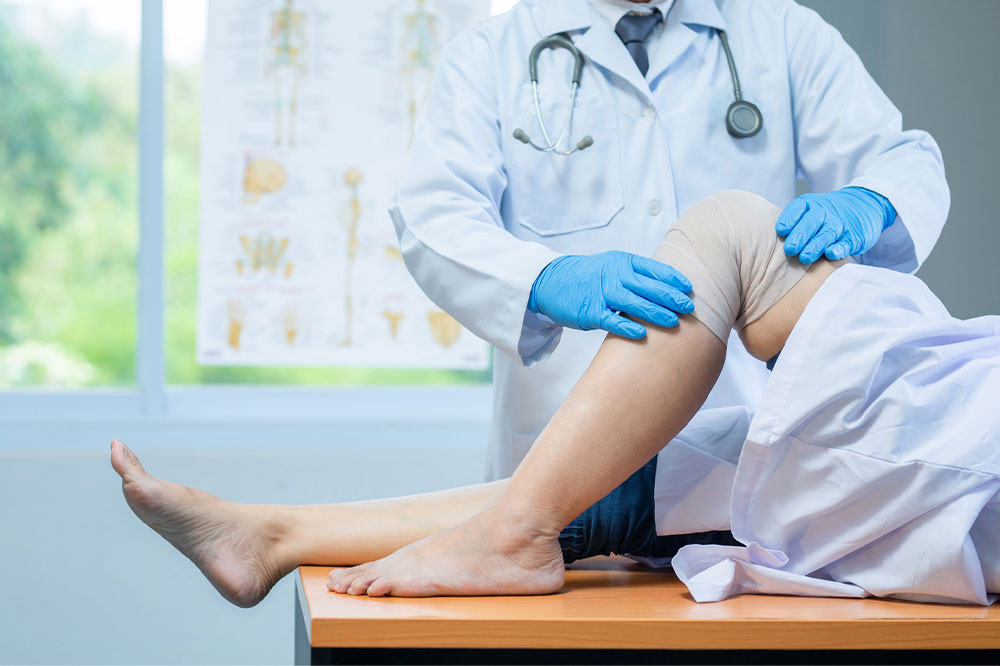6 common habits that affect bone health

The human body produces new bone cells faster when a person is young. But as one ages, especially after 30, the bone density begins to decline. For women, maintaining bone mass is crucial to avoid developing conditions like osteoporosis. While bone deterioration with age cannot be avoided, adopting good lifestyle choices allows one to maintain optimal health at each stage of life. Here are some everyday habits that impair bone health.
Bad posture
Poor posture for an extended period of time puts unnecessary pressure on one’s muscles and spine. In the long run, it can worsen one’s risk of developing osteoporosis, a condition that makes the bones fragile due to tissue loss. So, one is advised to work on keeping the spine erect and aligned.
Not eating calcium-rich foods
Calcium is an important component that keeps the bones healthy and strong. The human body cannot make calcium; it is often taken from the foods that one eats. Not eating calcium-rich foods can adversely impact one’s bone health and increase the risk of fractures. Milk, cheese, yogurt, and dairy products are rich sources of calcium. Those who are lactose intolerant can opt for non-dairy calcium-rich alternatives like tofu, almonds, poppy seeds, sesame seeds, chia seeds, spinach, kale, sardines, salmon, white beans, and collard greens. One can easily meet one’s daily calcium needs by eating healthy.
Not getting enough sunlight
Vitamin D, received from sunlight, is an essential nutrient that helps the body to absorb calcium effectively. Not getting enough sunlight can make the bones brittle over time. The American National Osteoporosis Foundation states that persons under the age of 50 require 400 to 800 IU of vitamin D daily, while those over 50 require 800 to 1,000 IU. Apart from sunlight, fish like salmon, tuna, and trout, eggs, and mushrooms are good sources of vitamin D. People with low vitamin D levels are advised to consult their doctor for suitable oral remedies.
Following a sedentary lifestyle
Movement and exercise not only strengthen the muscles but also extend the longevity of one’s bones. A sedentary lifestyle that does not include moving throughout the day can wear off the strength over time. One can opt for walking, jogging, stair climbing, running, dancing or incorporating any other forms of exercise in one’s routine to build stronger bones.
Drinking soda
Aerated beverages like soda are high in sugar content and phosphate, which can hinder the nutrient absorption process. Research also suggests that high phosphate content affects bone metabolism and makes bones more prone to fractures.
Bad sleep pattern
Lack of sleep can severely impact the body’s ability to repair and regenerate bones. According to the American National Sleep Foundation, a healthy adult should ideally get sleep anywhere between seven to nine hours per day. Both short sleep, as well as poor sleep quality are linked to low levels of vitamin D.
Other risk factors that affect bone health include age and gender. Women are more likely to develop osteoporosis. Similarly, a Body Mass Index (BMI) of less than 18.5 has also been associated with an increased risk of osteoporosis. A family history of the condition, thyroid hormone imbalance, prolonged absence of menstruation, and low testosterone levels in men also adversely affect one’s bone health.







